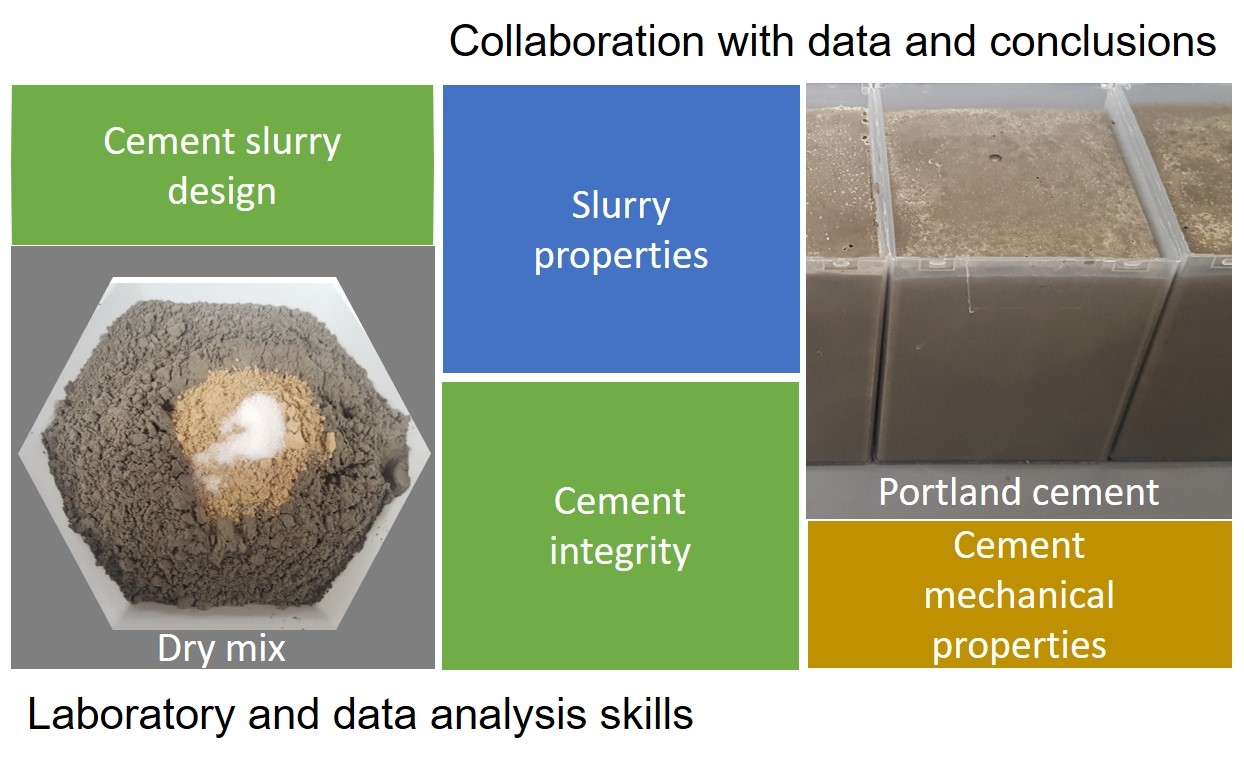3596233
Chemical admixture application on cement slurry design
Date
August 24, 2021
Related Products
Solid state nuclear magnetic resonance (SSNMR) characterization of highly crosslinked polyaramids
In this work crosslinked polyaramids are characterized using solid state nuclear magnetic resonance (SSNMR). Direct polarization (DP) magic angle spinning (MAS) 13C spectra further highlights the mobility of polymer segments of highly crosslinked polyaramids…
Preparation and performance of thermoset hydrogel sealant
The preparation and mechanical performance of thermoset hydrogels as a sealant for high-temperature high pressure (HTHP) application, must be soluble in water, a treatment fluid with low viscosity for deeper penetration of vacant spaces, must have controllable cure times and applicable over a highe…
Application of grafted graphene in oil based drilling fluids
Despite being more expensive than their water-based counterparts, oil-based drilling fluid are utilized because of their superior lubricating properties, good rheological features at high temperature, improved stability behavior, and effectiveness against all types of corrosion…
Next generation high performance viscosifiers for water-based fluids
Polymers are used in all aspects of oil and gas exploration including drilling, cementing, completion, hydraulic fracturing, acidizing, water shutoff, enhanced oil recovery, and water treatment…



